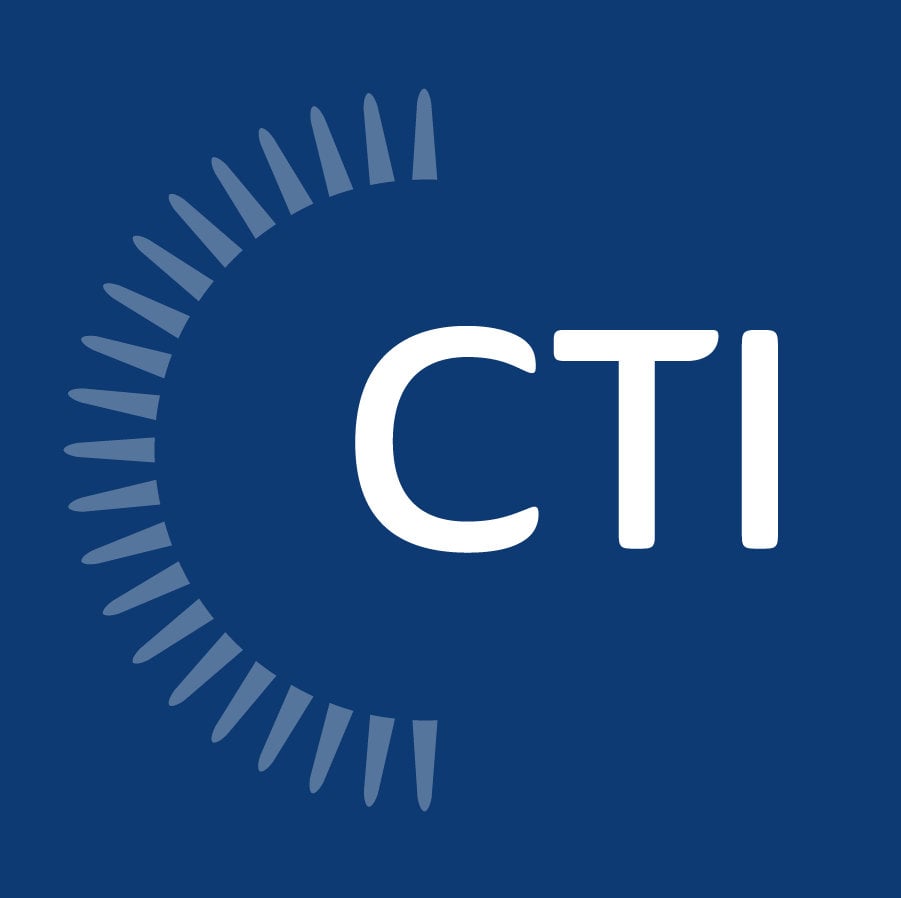 Many companies in the AEC (Architecture, Engineering and Construction) industry may not know that their design activities qualify for the research and development tax credit. It’s not just the structural evaluation and the execution of the final built project that has the qualified research expenditures. The design process involves adding new functionality and performance and is inherently a process of experimentation that meets requirements. In addition, AEC industry designers have risk in the results of the projects that they design, which is a major requirement for the research credit eligibility.
Many companies in the AEC (Architecture, Engineering and Construction) industry may not know that their design activities qualify for the research and development tax credit. It’s not just the structural evaluation and the execution of the final built project that has the qualified research expenditures. The design process involves adding new functionality and performance and is inherently a process of experimentation that meets requirements. In addition, AEC industry designers have risk in the results of the projects that they design, which is a major requirement for the research credit eligibility.
1. Designing a Business Component
According to the regulations, for an activity to be a qualified research activity, the purpose of the research must be to create new or improved product, process, technique or formula. This research results in increased performance, function, reliability or quality. The design process is where this happens and is always focused on improvements in performance. Why else would a designer be hired, other than to create new functionality or performance? New structures and even existing retro fit projects are required to be better and conform to modern standards in efficiency, thus, designed for function.
2. Design to Eliminate Uncertainty
In the design process, there is always a technical uncertainty to be eliminated. The aesthetics will not qualify, but the design process is where companies attempt to figure out the technical aspects of the new functionality and or the new performance trying to be achieved with the final project. E.g. will the result be achieved with this design? Or, in real terms, will this building gain expected energy efficiencies with this design? Will this bridge stand up to required seismic evaluations given the circumstances?
3. Design as Experimentation
Designing is an iterative process by nature. A qualifier for the research credit is to evaluate alternatives. In other words, to demonstrate through modeling, simulation, systematic trial and error or other methods that you have evaluated alternatives for achieving the desired result. Thus, the design process is the trial and testing of a hypothesis, modeling servers as the process of experimentation that the regulations require for the research tax credit.
4. Designing with Economic Risk
When failures happen, what is the first question asked? ‘Who designed this?’ Design firms hold economic risk for their designs and can be held accountable to rectify at their own expense. Many standard industry contracts will have a clause to this effect. Most design firms think it is part of doing business and part of the job, but being on the hook for the result of the design is just what is needed to qualify for the research credit.
So when you evaluate the product development lifecycle of the AEC industry, there are many activities that qualify for the research credit. But, compared to the regulations and requirement for creating new functionality, eliminating technical uncertainties and conducting a process of experimentation, the design phase is where many of these qualified activities are found. So, to the designers out there, keep designing, keep innovating and keep striving to make the world and its structures a better place. We will provide you a research credit in return.
To learn more about what research and development credits your firm qualifies for, download your complimentary, educational guide.



